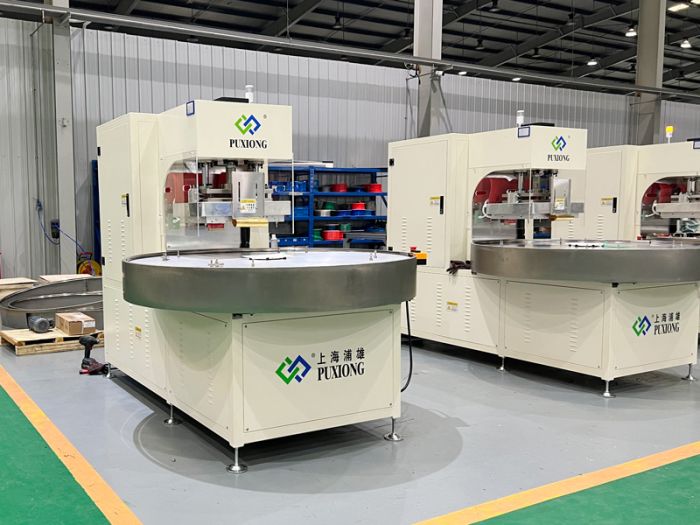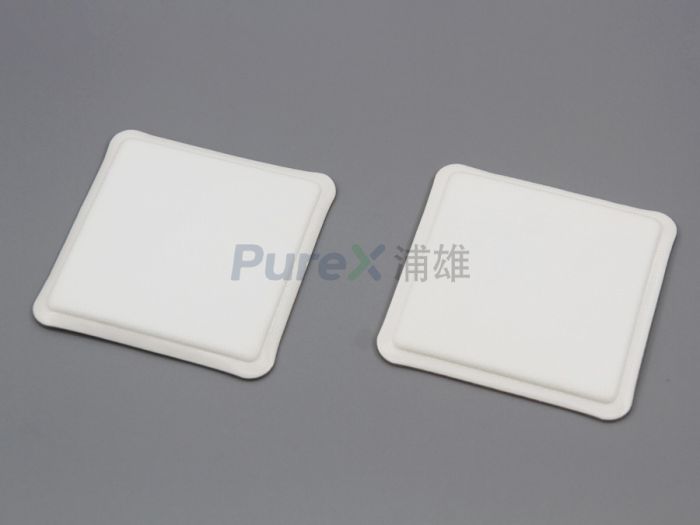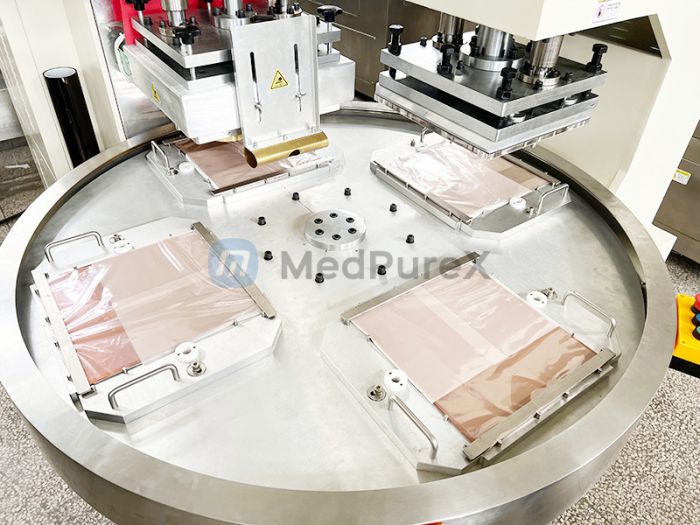A composite fabric for anti-virus use and a preparation method thereof
Composite Fabric Structure Design
The anti-chemical suit composite fabric typically adopts a "sandwich" structure, consisting of an outer layer, adsorption layer, and inner layer. The typical configuration is:
Base Fabric Layer Selection:
- Materials: Flame-retardant cotton, polyester, or aramid fabric (weight: 10-500 g/m²).
- Properties: Provides physical barrier with flame resistance and tear resistance. Aramid fabrics (e.g., Kevlar) offer high-temperature resistance and strength for high-risk scenarios.
Adsorption Layer Core:
- Spherical Activated Carbon (diameter: 0.1 μm–5 mm; BET surface area: 10–3000 m²/g):
- Types: Asphalt-based, phenolic resin-based, polyacrylonitrile-based.
- Advantages: Highly porous structure with >95% adsorption efficiency for mustard gas, VX agents.
- Porous Resins (e.g., macroporous adsorption resin):
- Function: Adsorbs small-molecule toxic agents to broaden protection spectrum.
- Thermoplastic Adhesive Mesh:
- Materials: Polyurethane or co-polyamide micro/nano fibers (diameter: 0.01–100 μm; weight: 4–100 g/m²).
- Role: Forms a 3D network via hot pressing, bonding base fabric and activated carbon while retaining >85% adsorption area.
Key Preparation Process Steps
Using continuous hot-pressing technology with core equipment (hot press, carbon implantation machine, adhesive coating machine):
- Adhesive-Coated Base Fabric Preparation:
- Parameters: Adhesive coating at 80–160°C, 0.2–0.6 MPa pressure, 5 sec–2 min.
- Anti-Adhesion: Release paper/film prevents adhesive bonding to conveyor belts.
- Porous Microsphere Implantation:
- Uniform Distribution: Activated carbon spread via vibrating sieve or electrostatic distributor.
- Hot-Pressing: 100–160°C, 0.3–0.5 MPa, 2–5 min; ensures bonding strength >5 N/cm.
- Multi-Layer Lamination:
- Structure: Symmetric lamination via hot-pressing with a second adhesive-coated base fabric.
- Advantage: Enhances peel strength (>25 N/cm) and prevents carbon shedding.
Technical Innovations
- Nano-Fiber Reinforcement:
- Thermoplastic nanofibers (<1 μm diameter) increase bonding surface area.
- Functional Integration:
- Antimicrobial Layer: Nano-silver infused TPU membrane via electrospinning (antimicrobial rate >99%).
- Anti-Static Layer: Carbon nanotube coating (surface resistance <1×10⁸ Ω).
- Automated High-Frequency Thermal Bonding:
- Integrated production line improves efficiency by 300%.
Performance Validation Standards
- Mechanical Properties:
- Breaking strength (GB/T 3923.1-2013): >500 N (warp/weft).
- Peel strength (FZ/T 60011-2016): >15 N/cm.
- Protective Performance:
- Gas/gas resistance (GJB 3253-1998): ≥30 min vs. simulated agent (thioether).
- Moisture permeability (GB 5453-1997): >2500 g/m²·24h.
- Decontamination Durability:
- Maintains >95% adsorption efficiency after 50 acid/alkali wash cycles.
Typical Applications
| Scenario | Fabric Configuration | Process Focus |
|---|---|---|
| Chemical agent leakage | Aramid + activated carbon (200 g/m²) | High-temperature pressing (160°C/0.6 MPa) |
| Biohazard rescue | Polyester + porous resin + antimicrobial layer | Electrospun antimicrobial membrane |
| Industrial protection | Flame-retardant cotton + activated carbon (100 g/m²) | Automated continuous pressing |
Future Directions
- Smart Materials: Temperature/pH-responsive polymers for pore self-sealing.
- Biodegradability: PLA-based thermal bonding for eco-friendly disposal.
- 4D Printing: Thermally programmable structures for dynamic ergonomic fit.
By balancing adsorption efficiency, breathability, and mechanical stability, advanced composite fabrics can provide durable, high-performance protection for hazardous environments.



